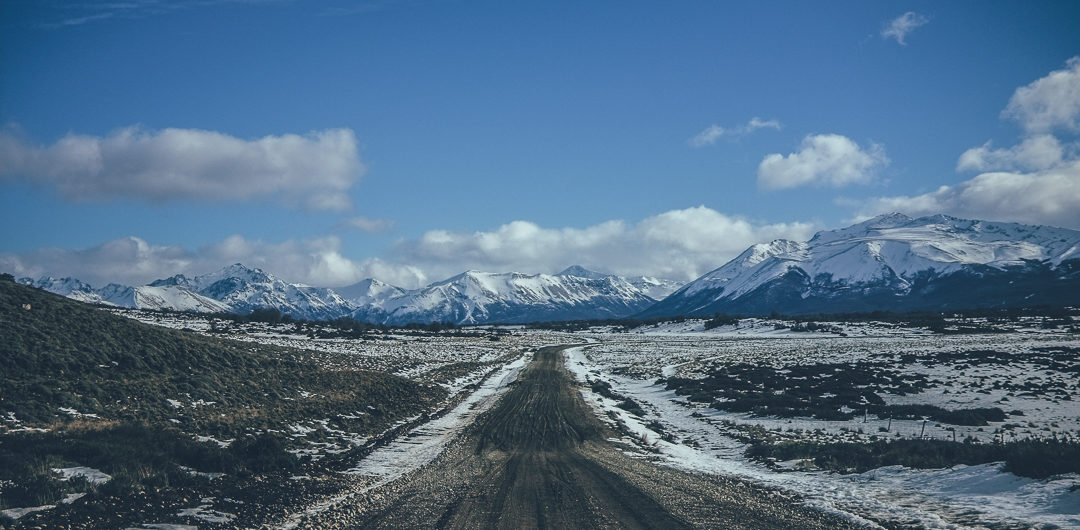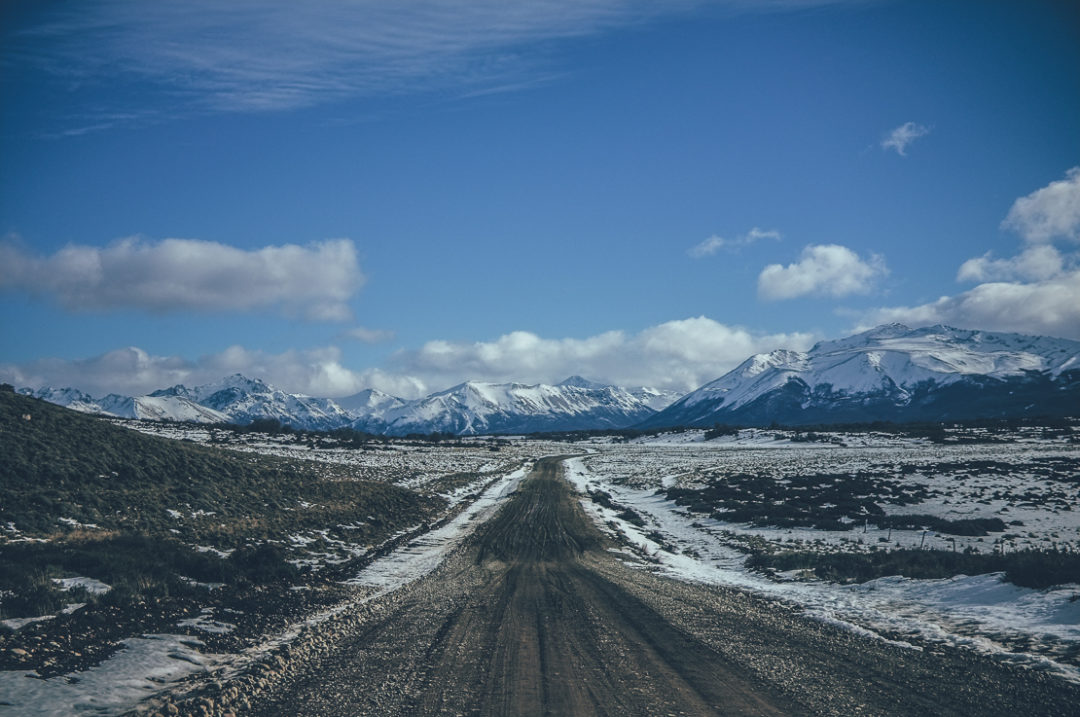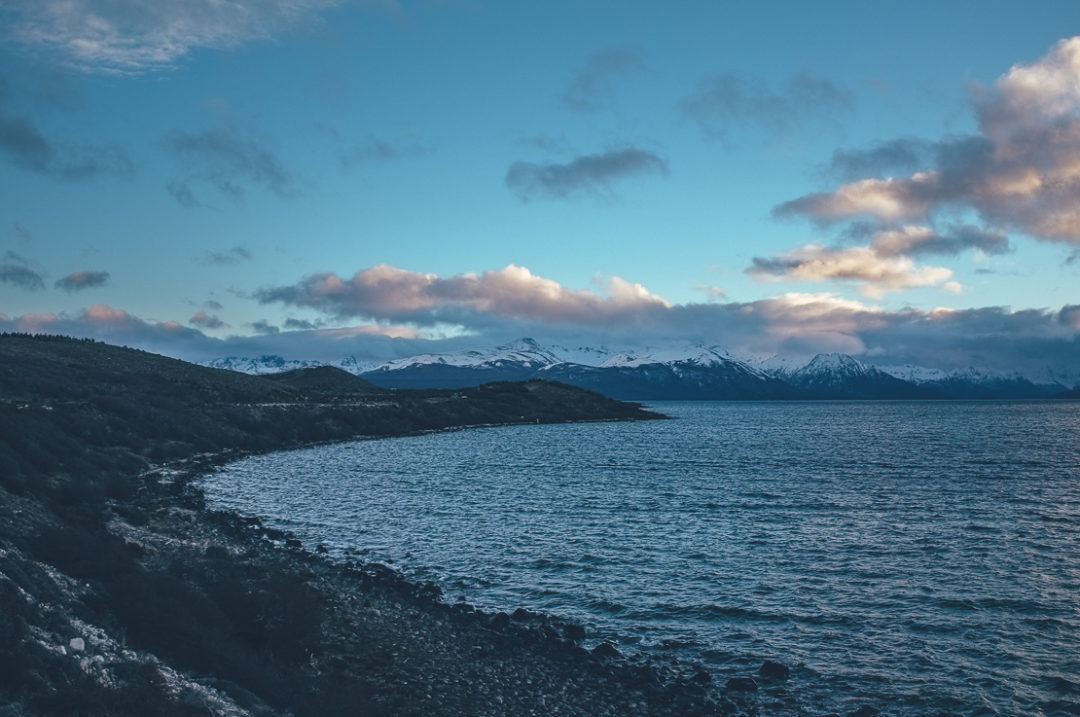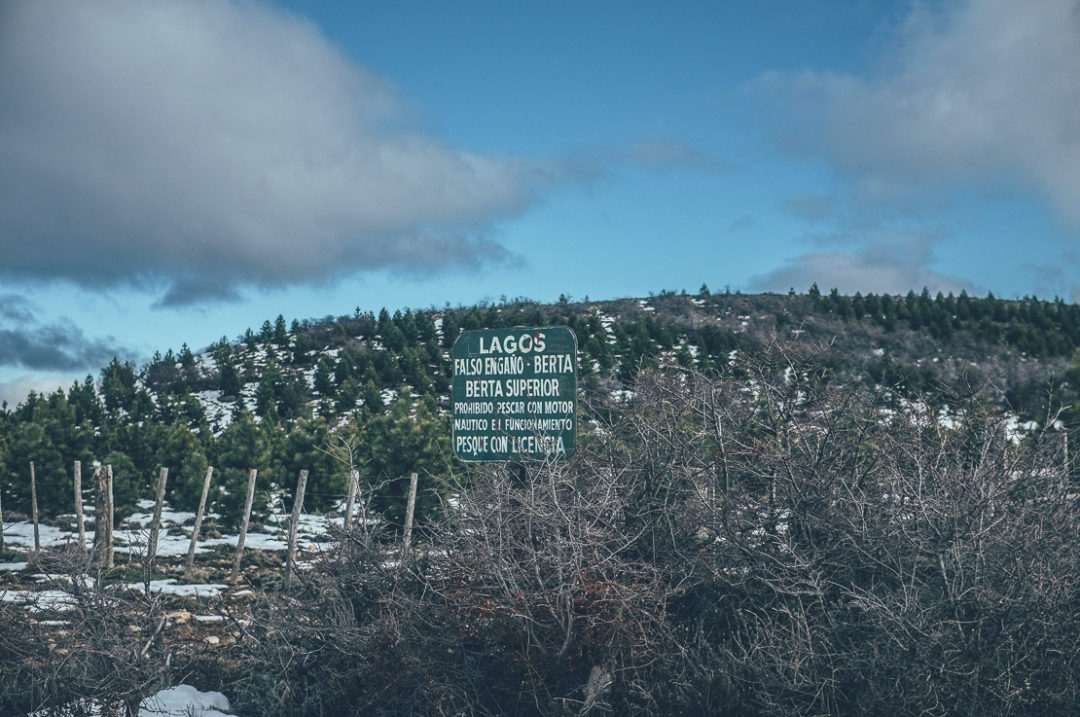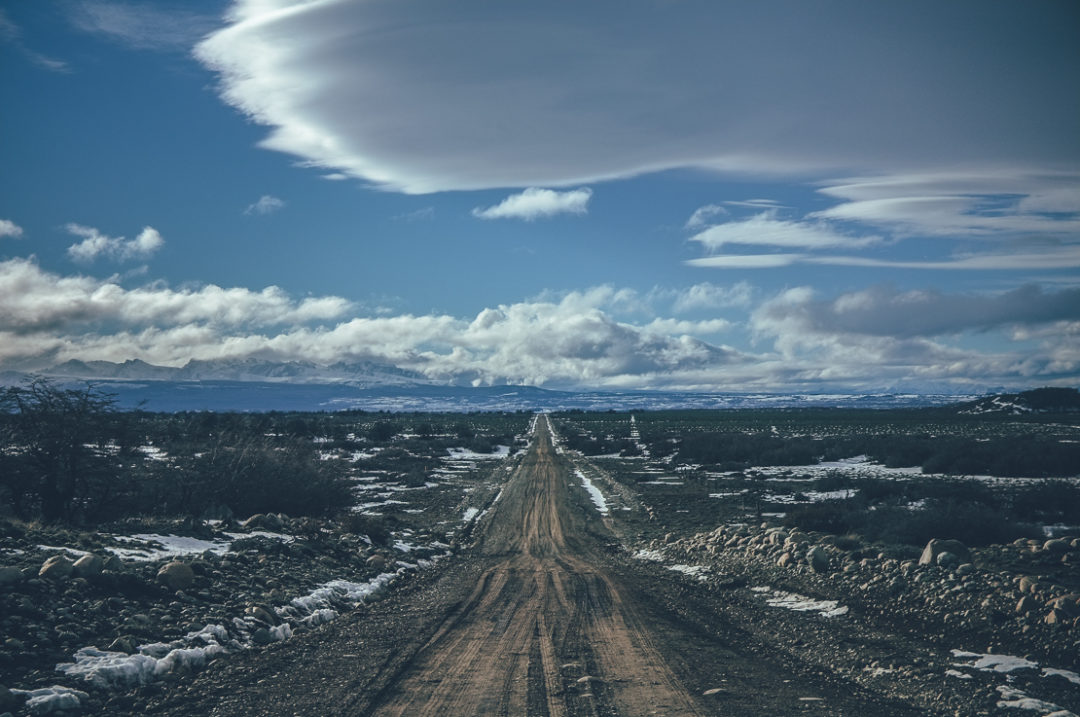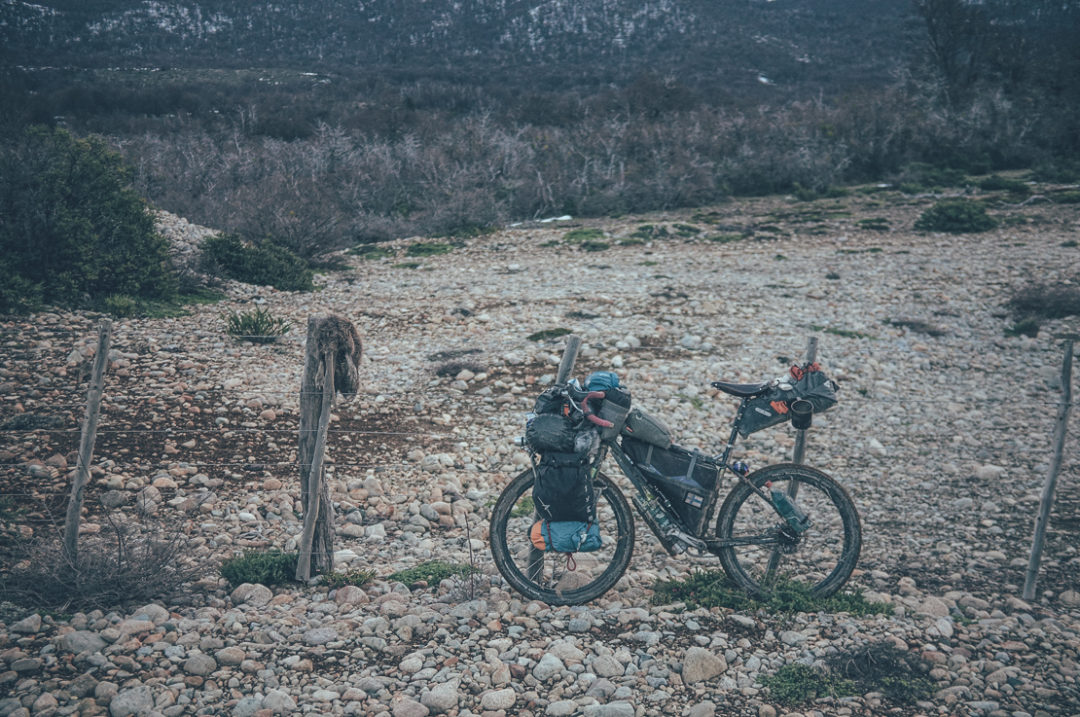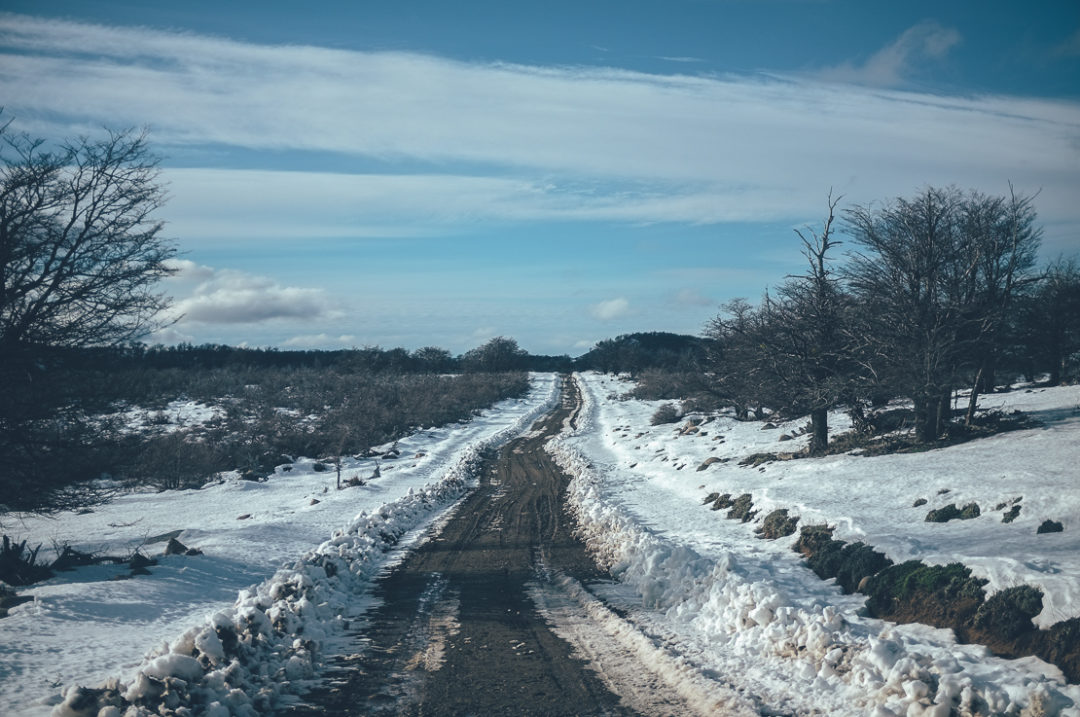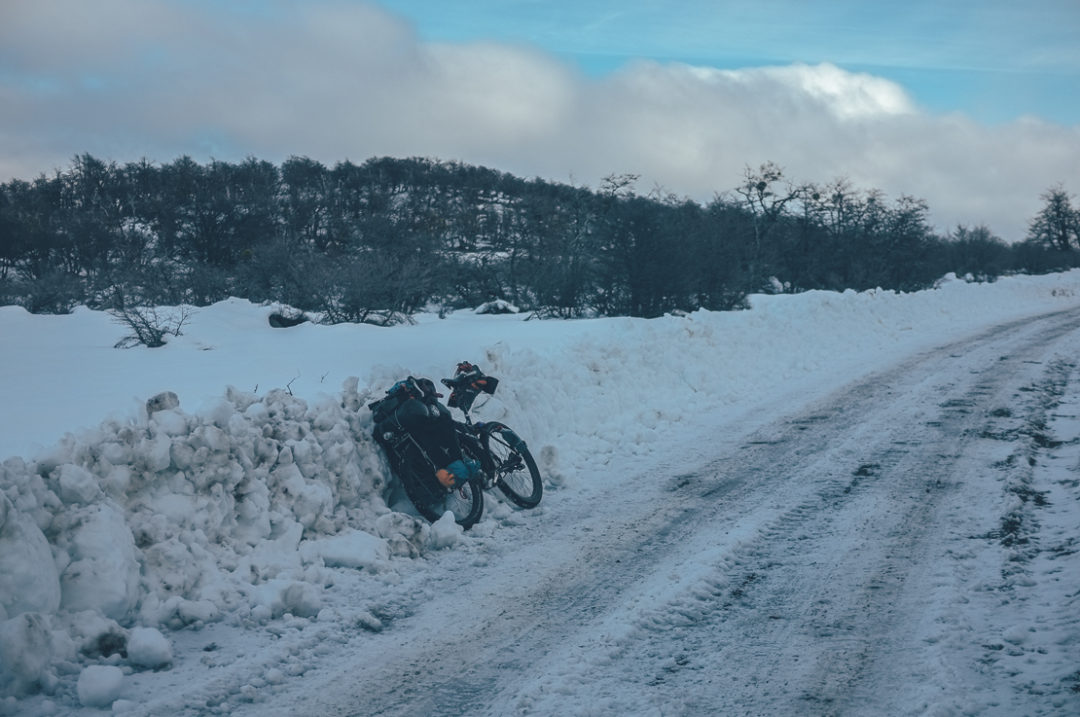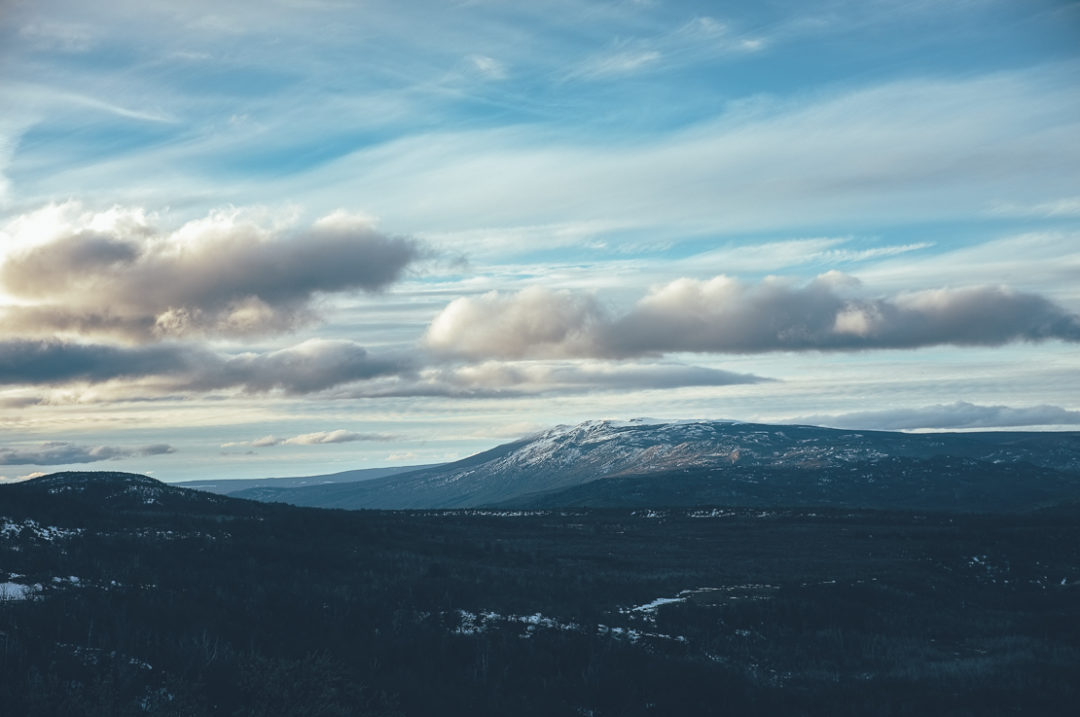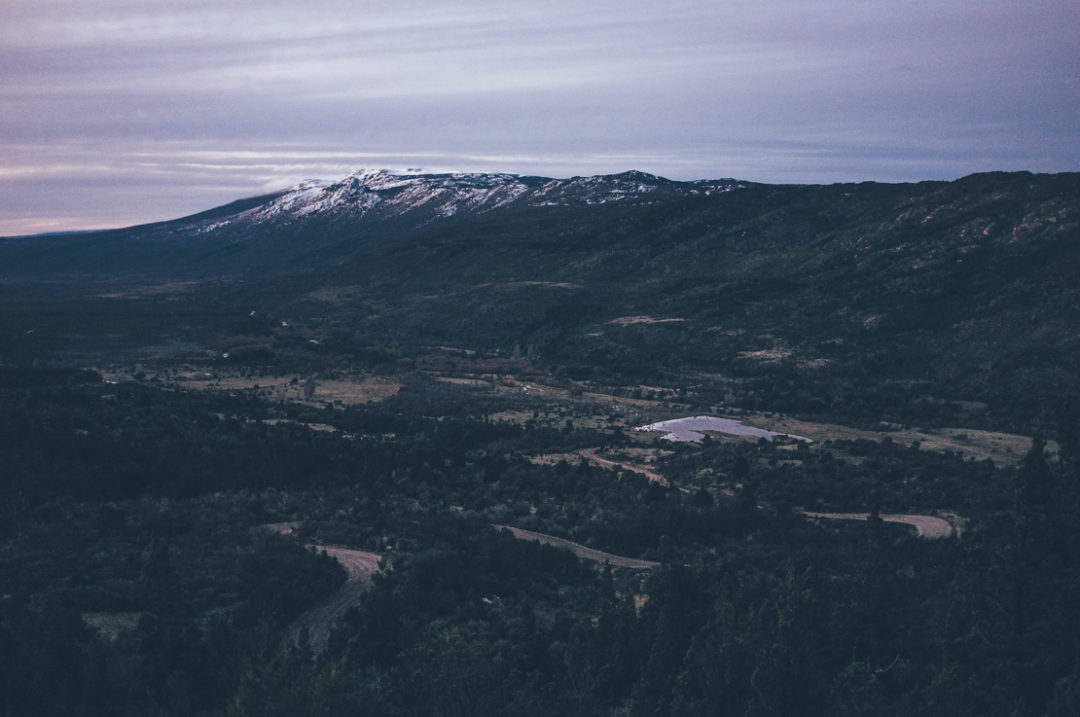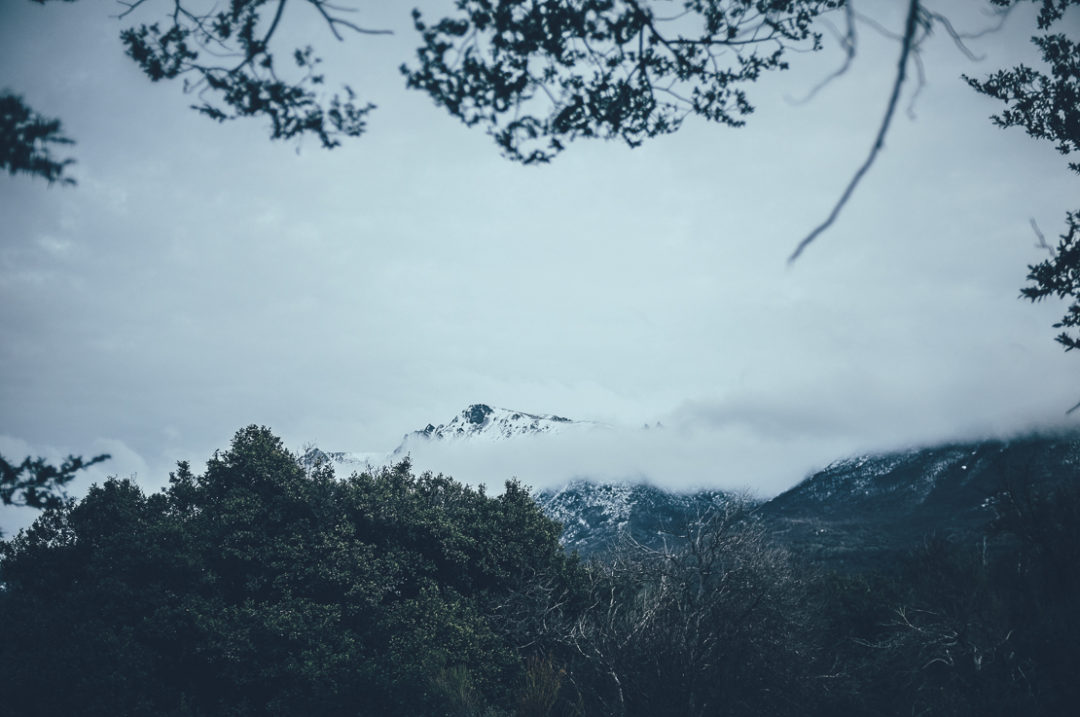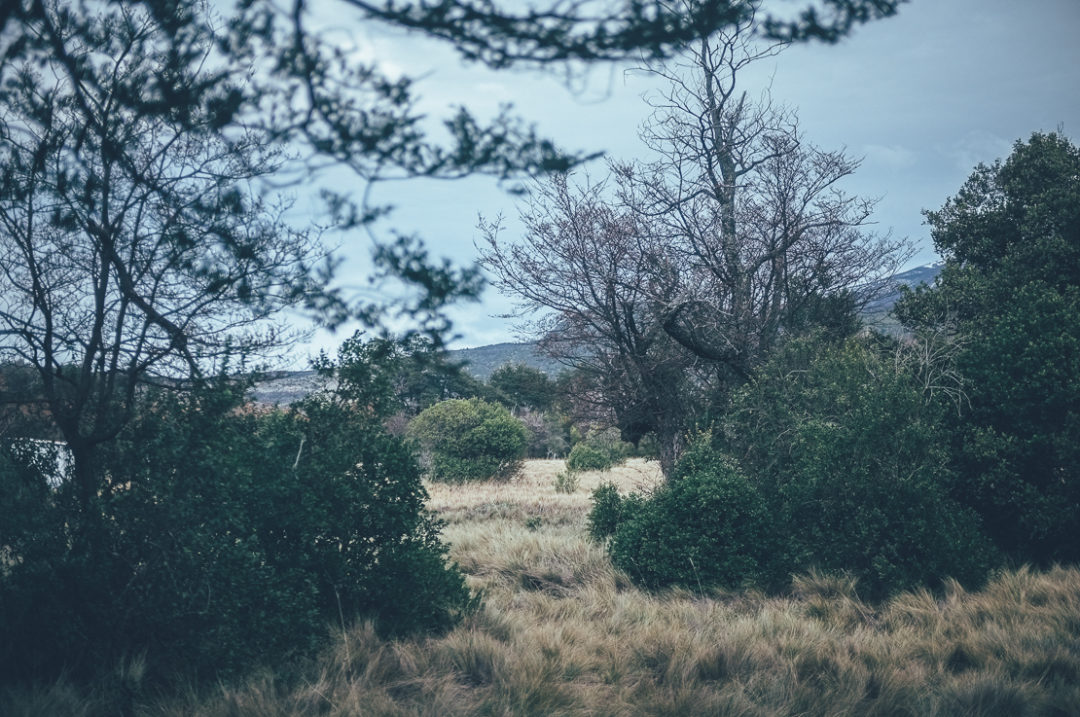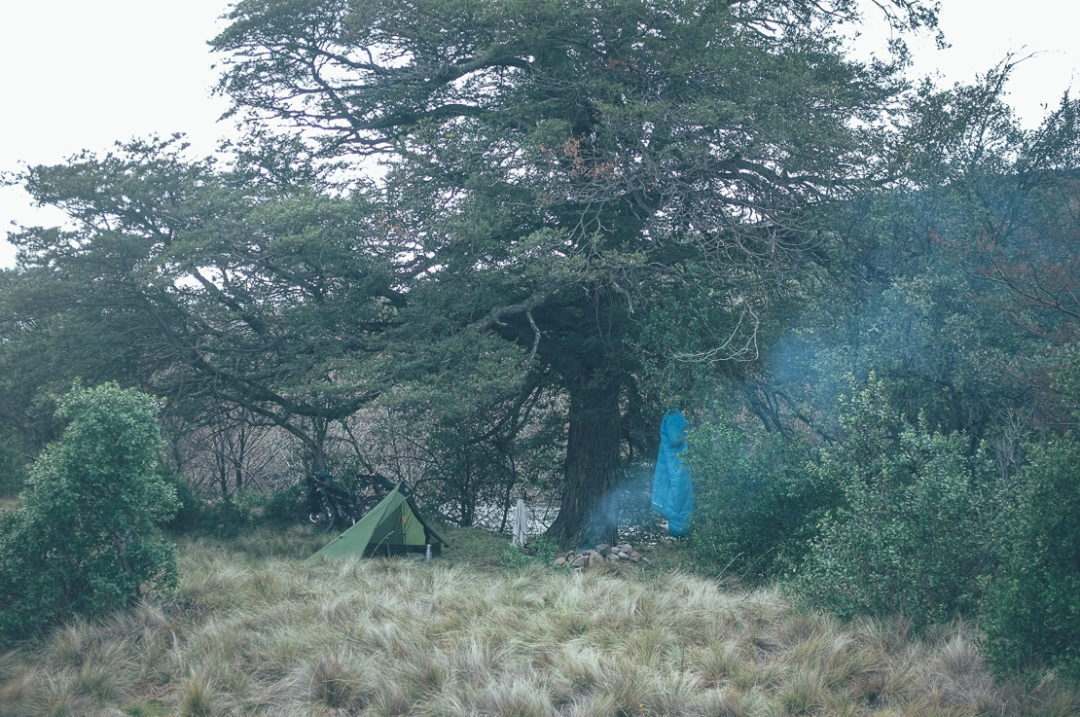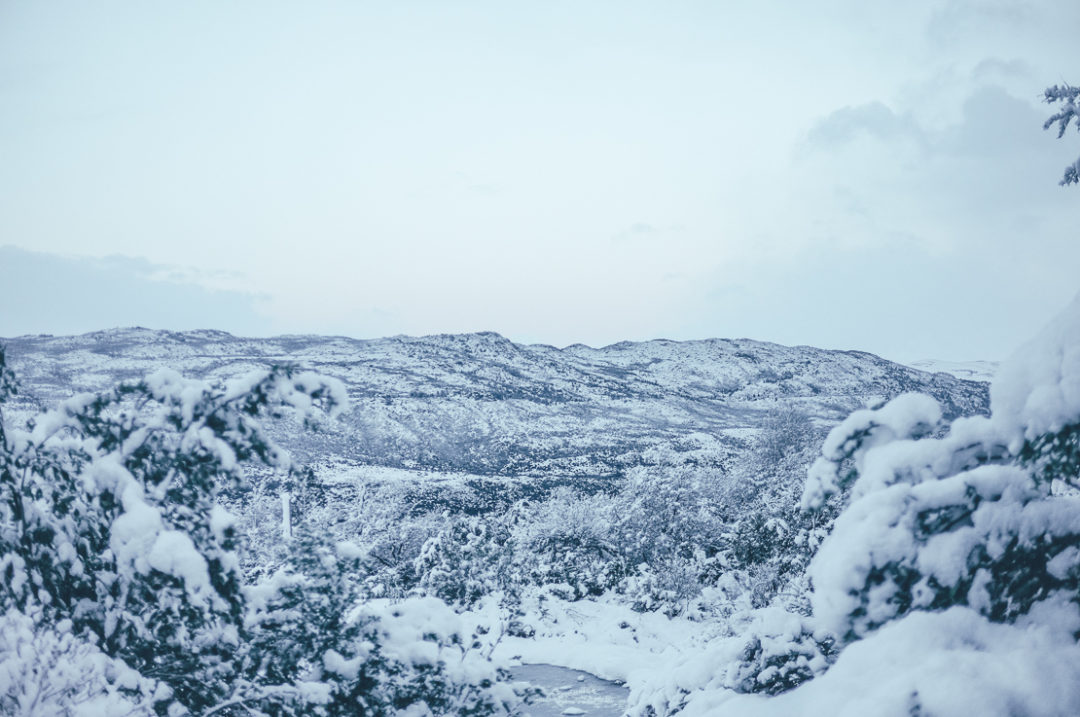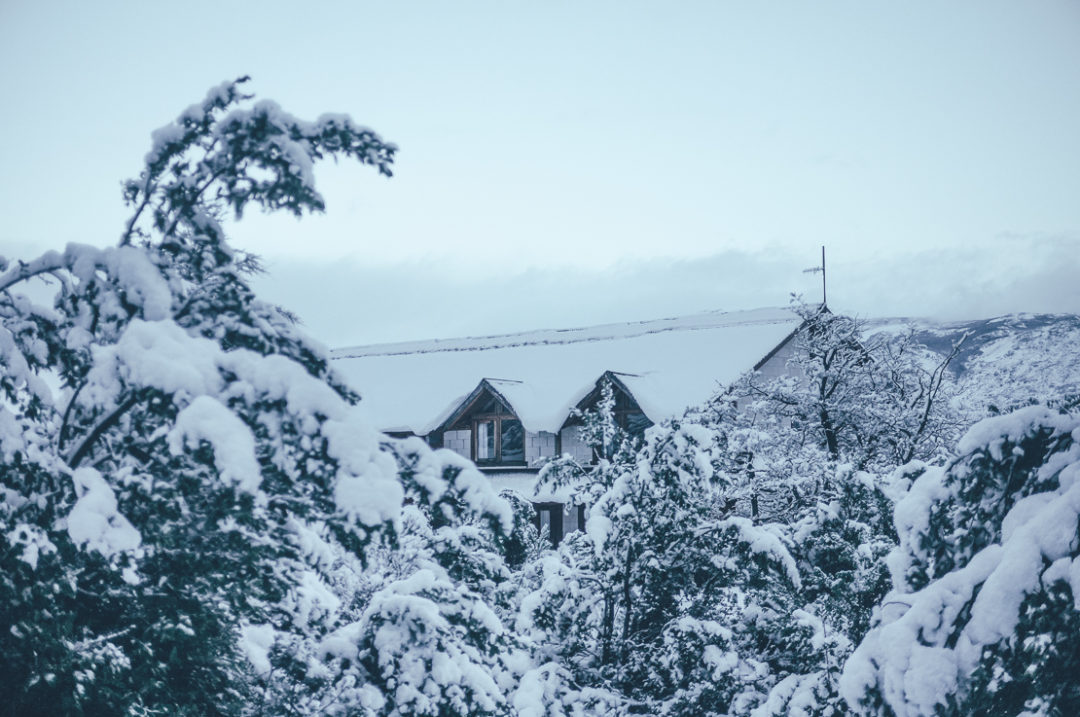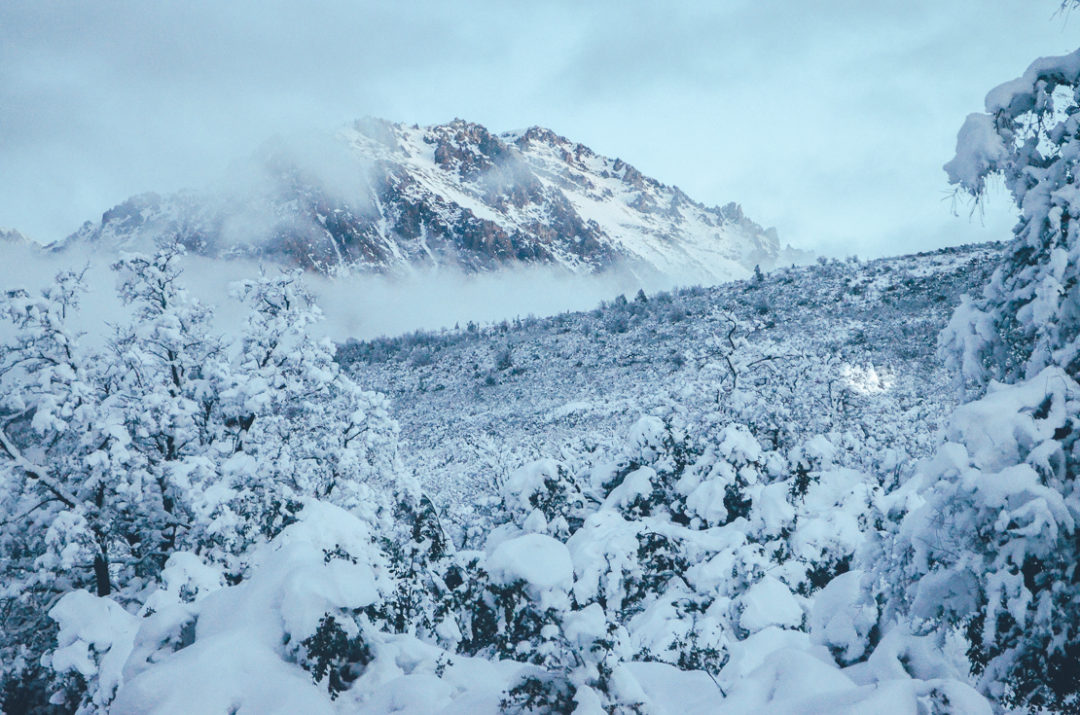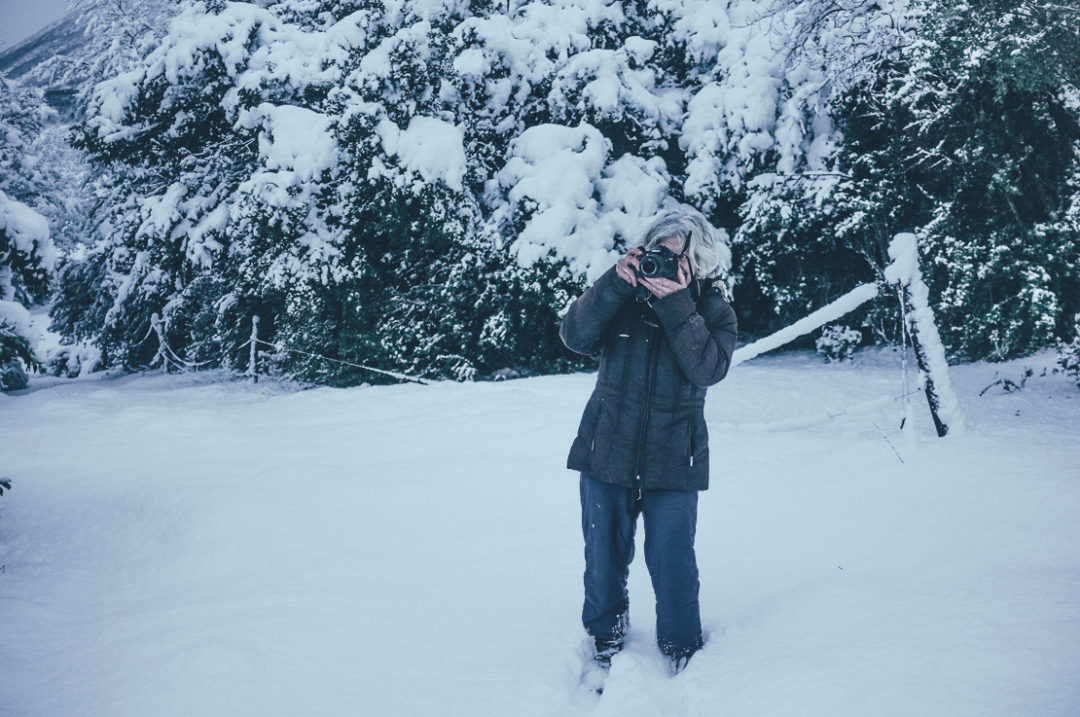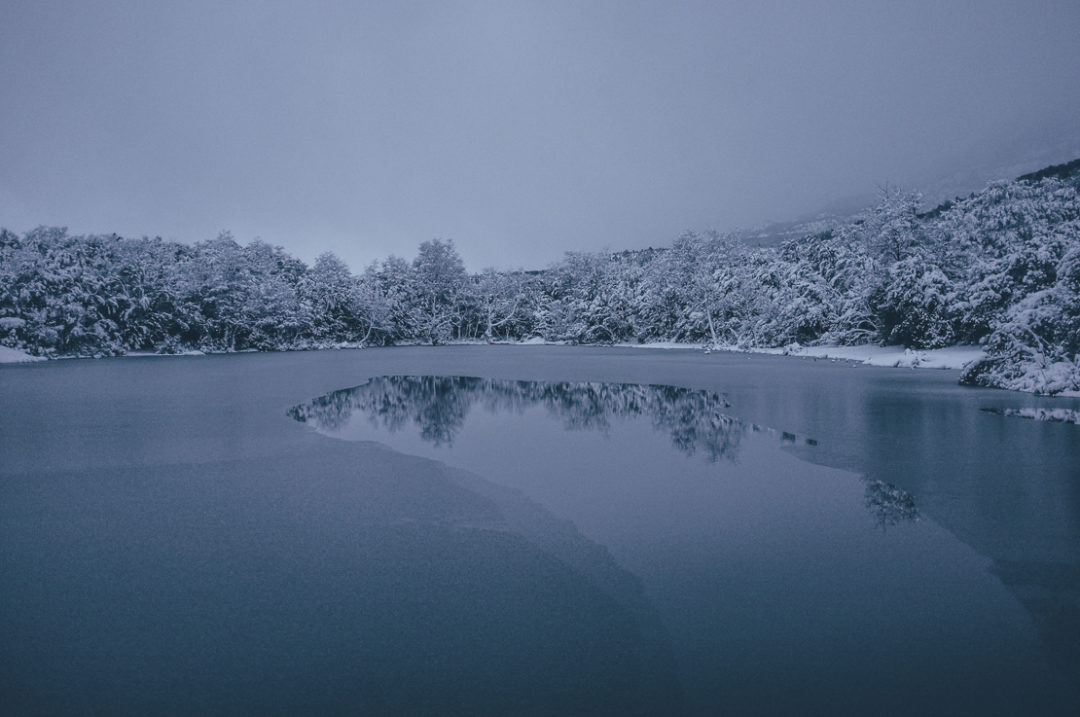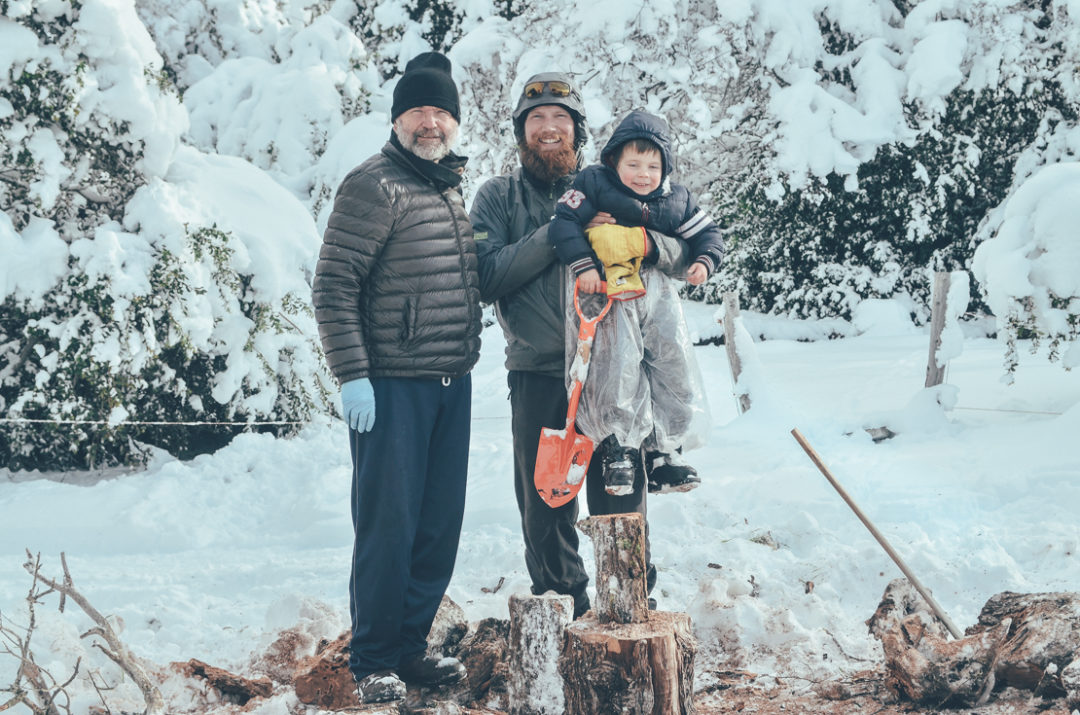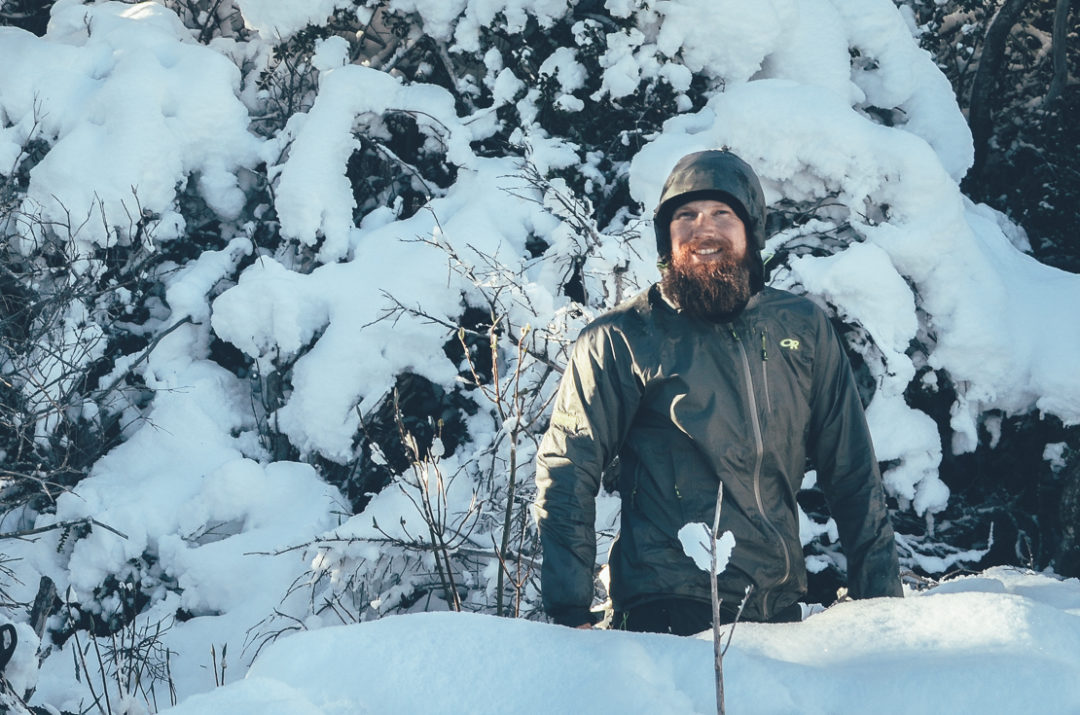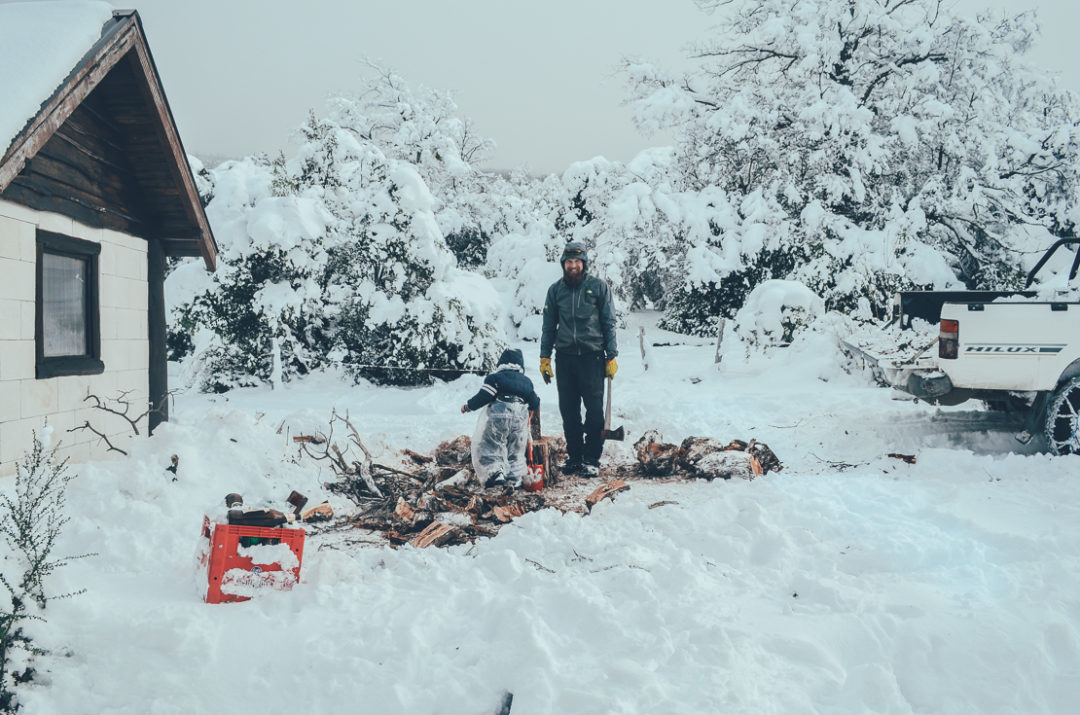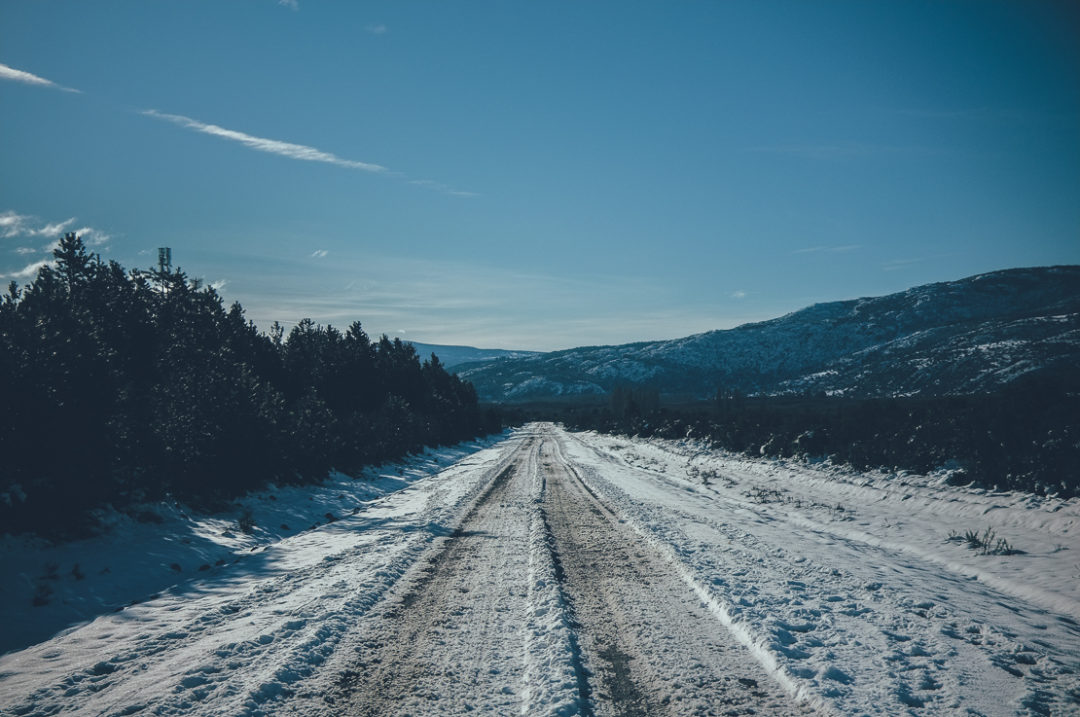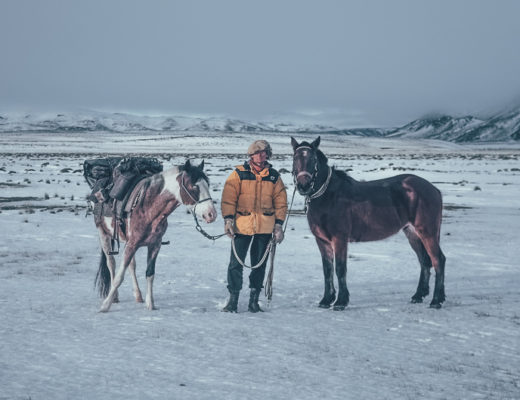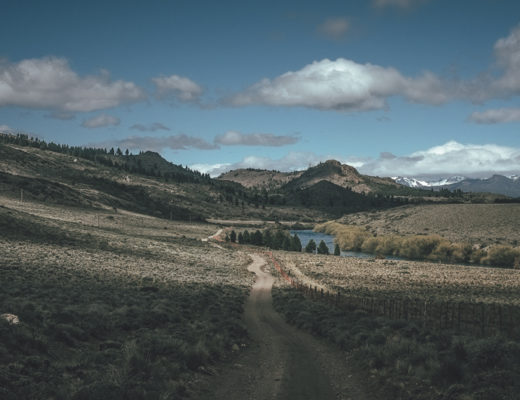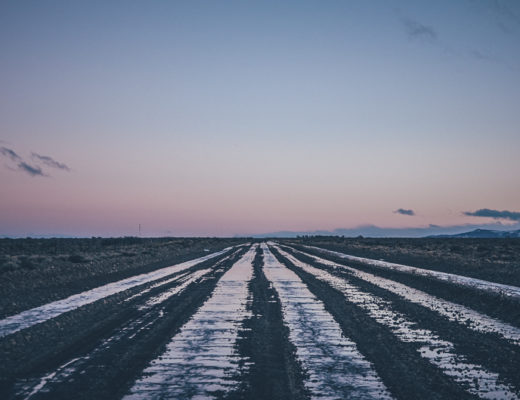More adventurous riding on the roads without any traffic seemed to be behind me, at least for a while. It seemed that I would stay on more used roads, maybe not on the beaten path yet, but still on a route with luxury of mercados and panaderias after a couple of days. Would the following weeks be my nod to normality?
It could be a view of a western privileged gringo, but I believe we can create our own reality. My reality was, that I assumed the road to be shit and that is exactly how I perceived it. All my brain could process was the massive pine plantations around me, which had replaced the primary forests of lengas. Cursing the plantations, I did not understand how spoilt I had become. I had gotten used to the natural beauty and remoteness I had dreamed of before setting off on this trip in 2014. The new imaginary normal was a paradise where the number of pumas exceeded the number of people. Not used to the occasional traffic at all, every single passing car brought a rush of adrenaline and I felt like showing them a finger just because they existed and shared the road with me. Tired of the muddy and featureless route I pushed my bike off the road in snow following the signs of ‘fly fishing only’, only to find out that ‘ice fishing only’ would have been a more accurate statement. A question, ‘why am I here and what am I doing?‘ visited my boiling mind.
Looks pretty until you look closer. Around Lago Vintter most of the lenga forests have been cut down for the fields of pines.
Did I find a supersized Patagonian rat?
A police car stopped by me and two bloodshot eyed officers explained that I could sleep at a cabin 20km away at the mouth of Rio Corcovado. I had met them in the morning at the police check point of Rio Pico and apparently now in the end of their shift they had decided to go for a little ride with a stash of marijuana. They were visibly stoned. How different Argentina is in some things compared to my homeland, Suomi. Not saying a better or worse, just different. Anyway, in 20 km there was no cabin.
When the road climbed to a pass at 1100 meters I was treated with a short section of untouched nature. It was also a lot snowier than at the Lago Vintter, despite being just a couple of hundred meters higher. A road signed stated that the road to Corcovado was closed during the winter months, but the fact that the road was cleared as well as a couple of tire prints indicated that I could still get through.
Snowy on a pass after Lago Vintter on the way to Corcovado.
The views from the pass before a gravelly and soft descent to Valle Corcovado were spectacular at sunset. Most of the snow was gone soon and there were no pine plantations in sight anymore. I left the main road once I reached the valley floor and cruised down to one of the best camp spots in the whole Patagonia so far. A big campfire warmed up my bones in the dark and a smoky lentil stew tasted as good as it usually did. The Rio Corcovado was crystal clear and trout in the morning active and wise. Didn’t managed to hook any, but in such a beautiful location it did not matter at all (this is what I tried to make my self belief, at least).
One of the best campsites in Patagonia so far at the Rio Corcovado.
In the morning followed the shortest cycling day on my trip so far, 1400 meters. Two friendly looking smiling faces greeted me from a pickup truck and I got an invitation in English language for a coffee. Sure thing! Raul and Elena had their cabaña on the mountain face 250 vertical meters from the road, so I put my bike in the back of their pickup truck and off we went. Their house had been robbed clean just a couple of days earlier, but they still wanted to offer me what they had left at their beautiful mountain house. The invitation for a coffee quickly turned into an invitation to stay a night or two, and I did not resist. I did not have a clear goal, other than Alaska, in my mind and a couple of days of extra rest and good company was always welcome. Raul also informed me that there was a lot of perspiration forecasted for the following days.
I woke up in the morning into a totally different scenery I had seen the day before. Snow storm had reach the area of Corcovado at night and the ground was already covered with 40cm of snow. Big snowflakes were still coming down from the sky orchestrated by a gusty wind. At breakfast Elena let me know that the snowstorm was likely to last another 24 hours at least and I would be welcomed to stay as long as I needed. Indeed, it kept snowing the full 24 hours and 35cm more and cycling, or moving around with any vehicle was out of question for days.
Elena showing me around at their ‘cabaña’ in the Valle Corcovado. The picture with a snowy mountain top by Elena.
Making leña, firewood with Raul and his grandson. Pictures by Elena.
I eventually stayed with Raul and Elena five nights, helping them with whatever I could on their land and in their house. Four days later, the snow storm the snow had melted a little and the road had had enough traffic that I could ride my bike on it. Back at home the roads are cleared by a machine often nearly immediately, but in the Argentinian Patagonia it seems that you just need to wait out for the snow to melt and then just try out how far you can get with your car. No wonder the number of 4×4 pickups is high in the southern and central Patagonia. The day was gorgeous and I was happy to be back on the bike again, cutting a black line into the melting snow.
Riding out from Valle Corcovado. Road was again rideable, four days after the heavy snowing had ended.
The Route
The route is easy riding, though the gravel road going by the Lago Vintter was soft in the winter. Totally doable with traditional 2 inch touring tires. The area around Lago Vintter was extremely windy when I was there and I assume that it is the case in the summer too. The area seem to have numerous lakes with trout and I heard that Rio Corcovado has a good Chinook run as well, so if the area is not spot on cycling wise, fishing could be spectacular when the season is on.

